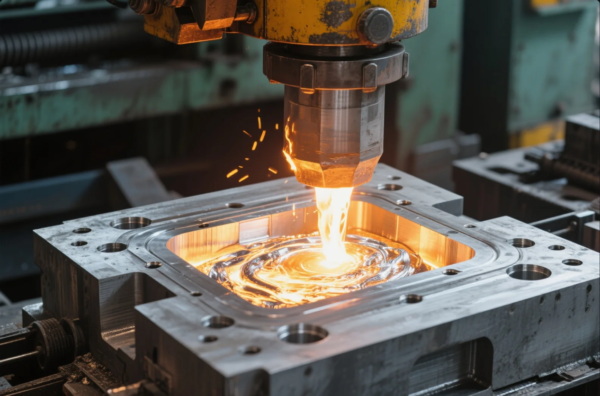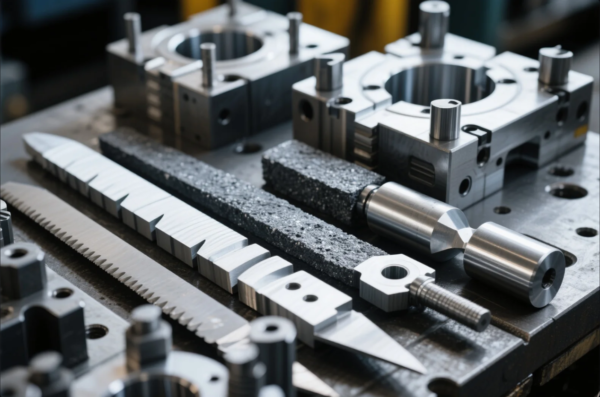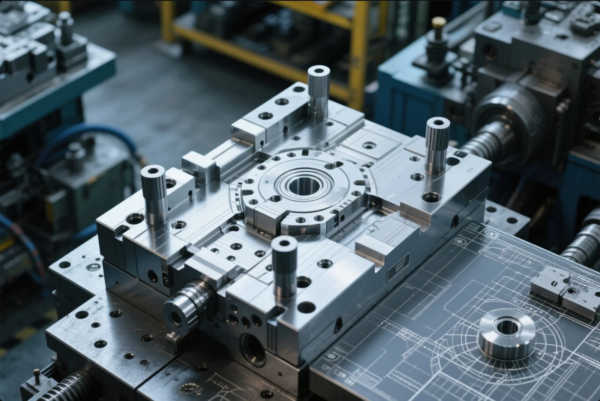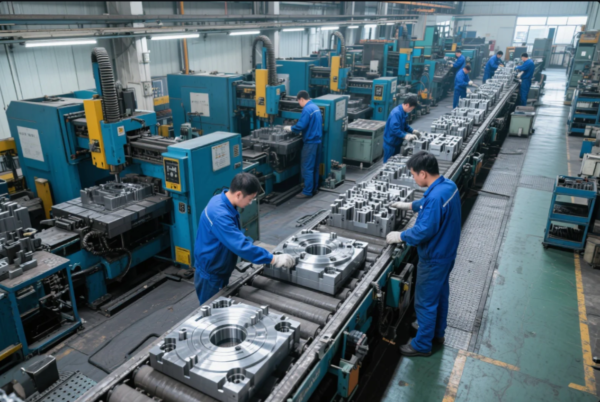What is called an alloy?

Alloys are essential materials used in many industries, from construction to electronics and even aerospace. But what exactly is an alloy, and how does it differ from pure metals?
Snippet paragraph:
Alloys are mixtures of metals that are designed to have enhanced properties. Let’s break down what an alloy is and explore some common examples and their uses.
Transition paragraph:
Read on to discover what alloys are, their applications, and the strongest alloys used in industry today.
What is an alloy in simple terms?
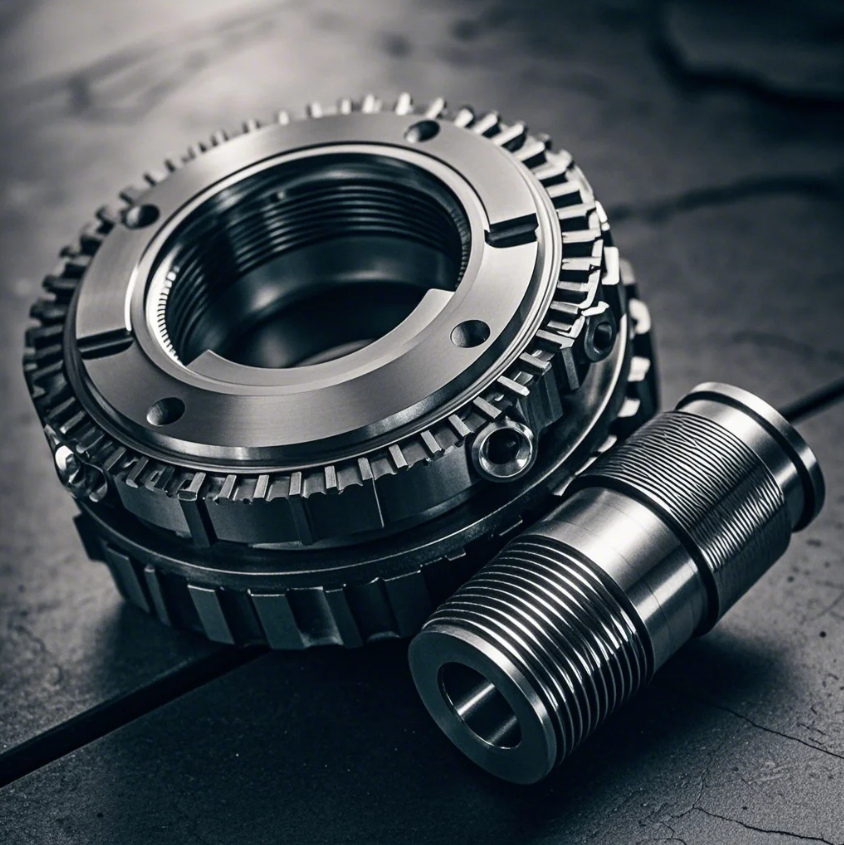
An alloy is a combination of two or more metals, or a metal and a non-metal, mixed together to create a new material with enhanced properties. The purpose of creating alloys is often to improve strength, durability, resistance to corrosion, and other desirable characteristics that a single metal may lack.
In simple terms, think of an alloy as a "super-metal" made by combining different metals to make a material stronger or more suited for a specific use. By blending the properties of various metals, alloys can be engineered to meet particular needs, whether it's strength, resistance, or conductivity.
Why are alloys important?
Alloys are crucial in many industries because they are often stronger, more durable, or more resistant to wear and tear than pure metals. For example, steel, which is an alloy of iron and carbon, is much stronger and more versatile than pure iron. This makes steel indispensable in construction, automotive manufacturing, and machinery.
Alloys are also used to create materials that can withstand harsh conditions, such as high temperatures or exposure to corrosion. For example, stainless steel, which combines iron, chromium, and nickel, is highly resistant to rust and is used in everything from kitchen appliances to medical equipment.
Common Alloy Uses
- Construction: Steel is used for buildings, bridges, and infrastructure due to its strength.
- Electronics: Alloys like brass and bronze are used for electrical components due to their good conductivity.
- Transportation: Alloys are used in car engines and airplanes to reduce weight while maintaining strength.
What are 5 examples of alloys?
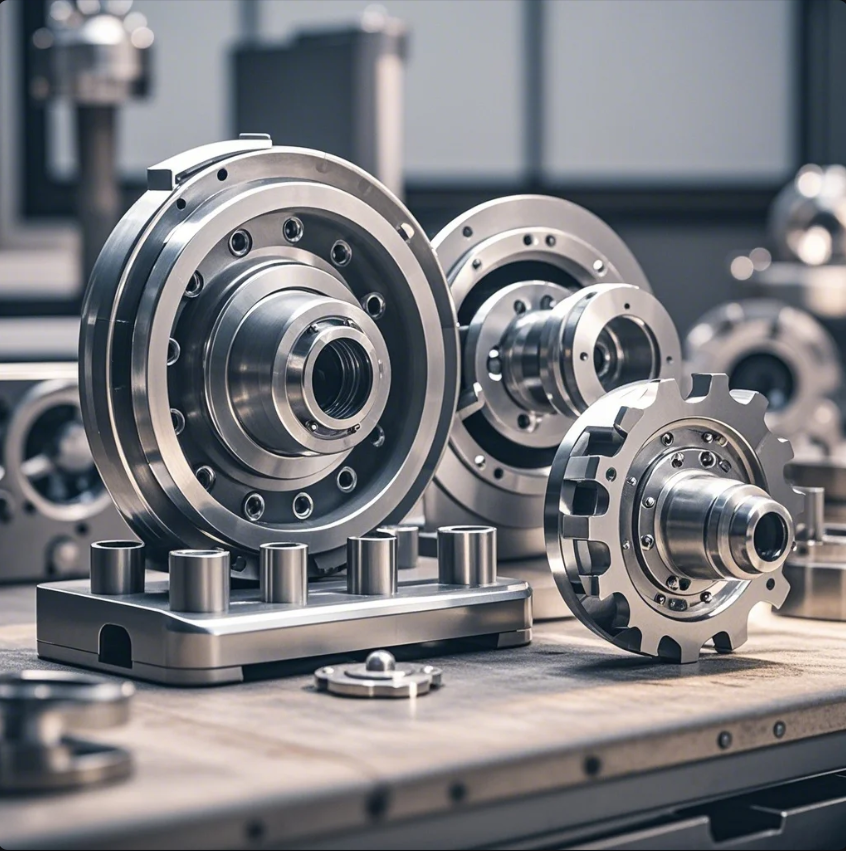
Alloys are everywhere, from the devices we use daily to the structures that support our cities. Here are five common examples of alloys, along with their properties and uses:
5 Common Alloys
| Alloy | Components | Common Uses | Properties |
|---|---|---|---|
| Steel | Iron + Carbon | Construction, automotive, tools | Strong, durable, versatile |
| Brass | Copper + Zinc | Musical instruments, plumbing fittings | Corrosion-resistant, malleable |
| Bronze | Copper + Tin | Statues, coins, electrical connectors | Corrosion-resistant, tough |
| Stainless Steel | Iron + Chromium + Nickel | Kitchenware, medical instruments | Corrosion-resistant, strong |
| Aluminum Alloy | Aluminum + Other Metals | Aerospace, packaging, construction | Lightweight, strong, corrosion-resistant |
These alloys are crafted to achieve specific characteristics, such as improved resistance to corrosion, enhanced strength, or better machinability. For example, bronze is made by combining copper and tin, creating a material that is stronger and more resistant to corrosion than pure copper, which makes it ideal for creating sculptures and coins.
In addition, brass is commonly used in plumbing and musical instruments due to its ability to resist corrosion and its excellent workability. By blending copper with zinc, brass offers the right balance of strength, ductility, and resistance to tarnishing, making it a popular choice for both functional and decorative uses.
What kind of metal is alloy?

An alloy is typically a mixture of metals, though it can also include a non-metal element. The metal content is usually the dominant part of the mixture, but the non-metal elements play an important role in modifying the properties of the alloy.
Types of Metals Used in Alloys
- Ferrous Metals: These contain iron and are often used in steel and cast iron alloys. Steel is the most common ferrous alloy and is widely used in construction, automotive, and machinery applications.
- Non-ferrous Metals: These do not contain iron and include alloys such as brass, bronze, and aluminum alloys. Non-ferrous alloys tend to be more resistant to corrosion and are often lighter than ferrous alloys.
- Precious Metal Alloys: These alloys are made using precious metals like gold, silver, and platinum to create jewelry, high-value products, and electronic components. For instance, gold alloys are often used in the creation of jewelry and electronics because of their malleability and resistance to tarnish.
The purpose of creating an alloy is to combine the best characteristics of different metals. For example, aluminum alloys are lightweight but still strong, making them ideal for the aerospace industry. By adding other elements like magnesium or silicon, the properties of aluminum can be adjusted to meet specific engineering requirements.
What is the strongest alloy in the world?
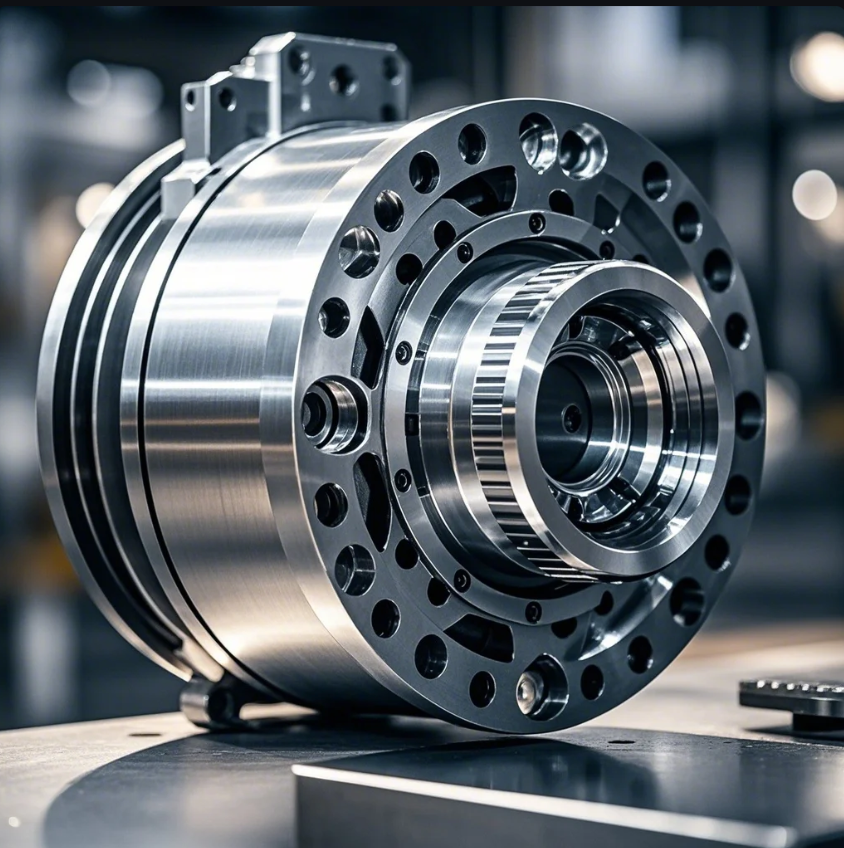
When it comes to strength, one of the strongest alloys in the world is tungsten carbide, a compound of tungsten and carbon. It’s known for its incredible hardness, which is why it is used in cutting tools, mining equipment, and industrial machinery.
The Strength of Tungsten Carbide
- Hardness: Tungsten carbide is about four times harder than steel, making it ideal for industrial tools and machinery that must withstand extreme wear and tear.
- Durability: It is extremely wear-resistant and can withstand high-pressure environments, making it perfect for applications such as drilling and mining.
- Uses: Due to its strength, tungsten carbide is used in drilling tools, industrial machinery, and even jewelry, where it’s valued for its scratch resistance.
While tungsten carbide is the strongest in terms of hardness, other alloys, such as titanium alloys (used in aerospace), are known for their impressive strength-to-weight ratios, making them ideal for high-performance applications. Titanium alloys are lightweight yet incredibly strong, which is why they are often used in aerospace and medical implants.
Other Strong Alloys
- Inconel: A high-performance alloy made from nickel and chromium, known for its ability to withstand high temperatures and oxidation. It is used in turbines, jet engines, and heat exchangers.
- Steel Alloys: Carbon steel, stainless steel, and high-strength steel alloys are some of the strongest materials used in construction and automotive manufacturing.
Conclusion
An alloy is a mixture of metals (or metals with non-metals) designed to have superior properties compared to pure metals. From steel to brass and tungsten carbide, alloys offer improved strength, resistance, and durability. Understanding the different types of alloys and their applications is essential in selecting the right material for your needs.
For high-quality alloys and customized solutions for your industrial needs, contact Prime. With over 20 years of experience in providing reliable and cost-effective metal solutions, we ensure fast delivery and premium quality. Get in touch today for a consultation and quote!


